Ed Patuto has an unusual job for a 59-year-old guy from Youngstown, Ohio. His gig is to get people to engage and participate with The Broad Museum in Los Angeles. The Broad Museum is unique in that it is free, and that it goes to great lengths to encourage the involvement of the community, breaking through the often intimidating walls that surround art, and especially modern art. People visiting the museum actually seem to be having fun. They take selfies, they chat, there are families with kids in addition to the more scholarly art world denizens all mingling about and interacting with the world-class art collection. It’s a very different vibe from the mostly silent experience that is typical of other museums.
In order for Ed to do this, he has to stay on top of what is happening not only in the specialized world of art but in the much bigger realm of popular culture. It’s an amazing job that requires someone with a range of skills that takes a lifetime to accumulate, along with requiring tremendous curiosity and energy.
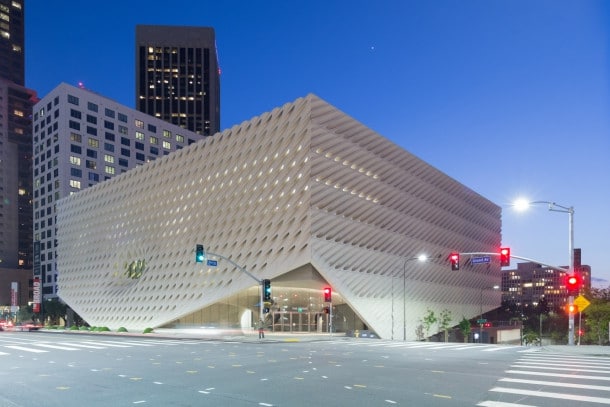
Setting The Broad Apart
What is it like working at The Broad?
I’m responsible for all of the programming at the museum that is not the artworks in the galleries. I developed the education programs for school children, the programs for families, as well as the music, performance, dance, and literary events at the museum. I was part of the team that opened the museum and was charged with developing programming that no other museum in the country was doing. Programs that would establish the museum as a market leader. I had to conceive and execute ideas that were utterly unique and would set the museum apart from its peer institutions.
Getting an Audience to Engage
What is the biggest challenge of getting an audience to engage?
Getting people to take a chance on artists with whom they are not familiar. Over the years, the live programming at The Broad has built an audience that trusts our curation and that expects to be surprised. They seek new experiences. The programs have a wonderfully diverse and deeply curious audience that every art institution desires. The programming earned this audience by presenting unexpected combinations of leading-edge performers including emerging and established artists whose performances are fresh and have a resonance with the artwork on view in the galleries. The events enrich visitors’ experience of the artworks through music, performance or spoken word in ways that are relevant to a contemporary LA audience.
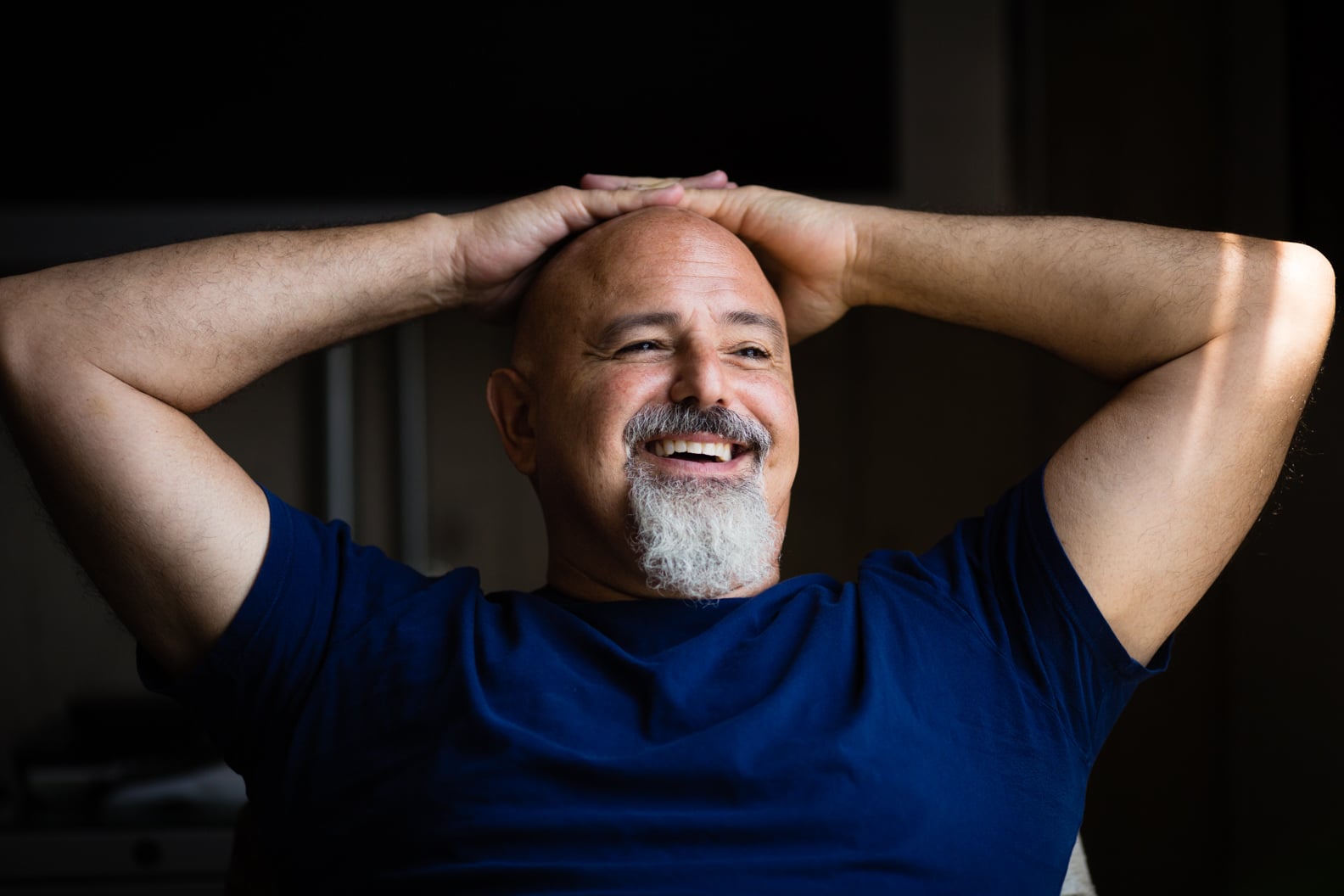
Free Jazz and the Black Arts Movement
You just did Soul of a Nation, Art in the Age of Black Power. Tell us about the engagement.
Free jazz was important to the artists of the Black Arts Movement because it successfully challenged what music could be. The artists of the Black Arts Movement were characterized as “Black Artists” or as making “Black Art,” not artists who are black or artists who are making art about their experiences as black people. They were kept out of the racist Euro-centric art world and, therefore, they needed to challenge what art could be or how art was defined. Their role models were jazz artists like John Coltrane and those who continued the practice of experimentation that transformed jazz and music. So we organized two nights featuring pioneers of free jazz: Roscoe Mitchell and Anthony Braxton along with younger artists who are keeping the language of jazz relevant to contemporary music. They were called “Black Fire Sessions” which takes its inspiration from LeRoi Jones’ (Amiri Baraka) and Larry Neal’s Black Fire: An Anthology of Afro-American Writing.
Who came to the opening?
About 1,500 people from the art world as well as community leaders from the African American community. There were celebrities including Tina Knowles, Angela Bassett, and Jay Z, who is a lender to the exhibition.
How do the day-to-day people feel about the show?
Visitors are grateful that The Broad presented this important yet under-recognized grouping of artists. They played an important role in empowering the black community from the ’60s forward, and their work is a source of pride not only for black visitors but many who are moved by the passion, humanity and by the uncompromising political statements made by the artists.
Engaging the Public in an Inviting Way
One of the things I love about The Broad is the incredibly knowledgable and helpful docents in each room. Where do you get them? Do you train them?
Yes! We provide a good deal of training for Visitor Service Associates on the artists and artwork in the collection as well as customer service and how to engage with the public in a manner that is inviting.
From Brooklyn to DTLA
You live in a converted factory building in DTLA. Why are you here?
My partner David and I moved to LA from Brooklyn and we wanted to be in a neighborhood where we could walk to stores and restaurants. We liked the gritty and the off-the-beaten-path quality of the neighborhood because it reminded us of Brooklyn.
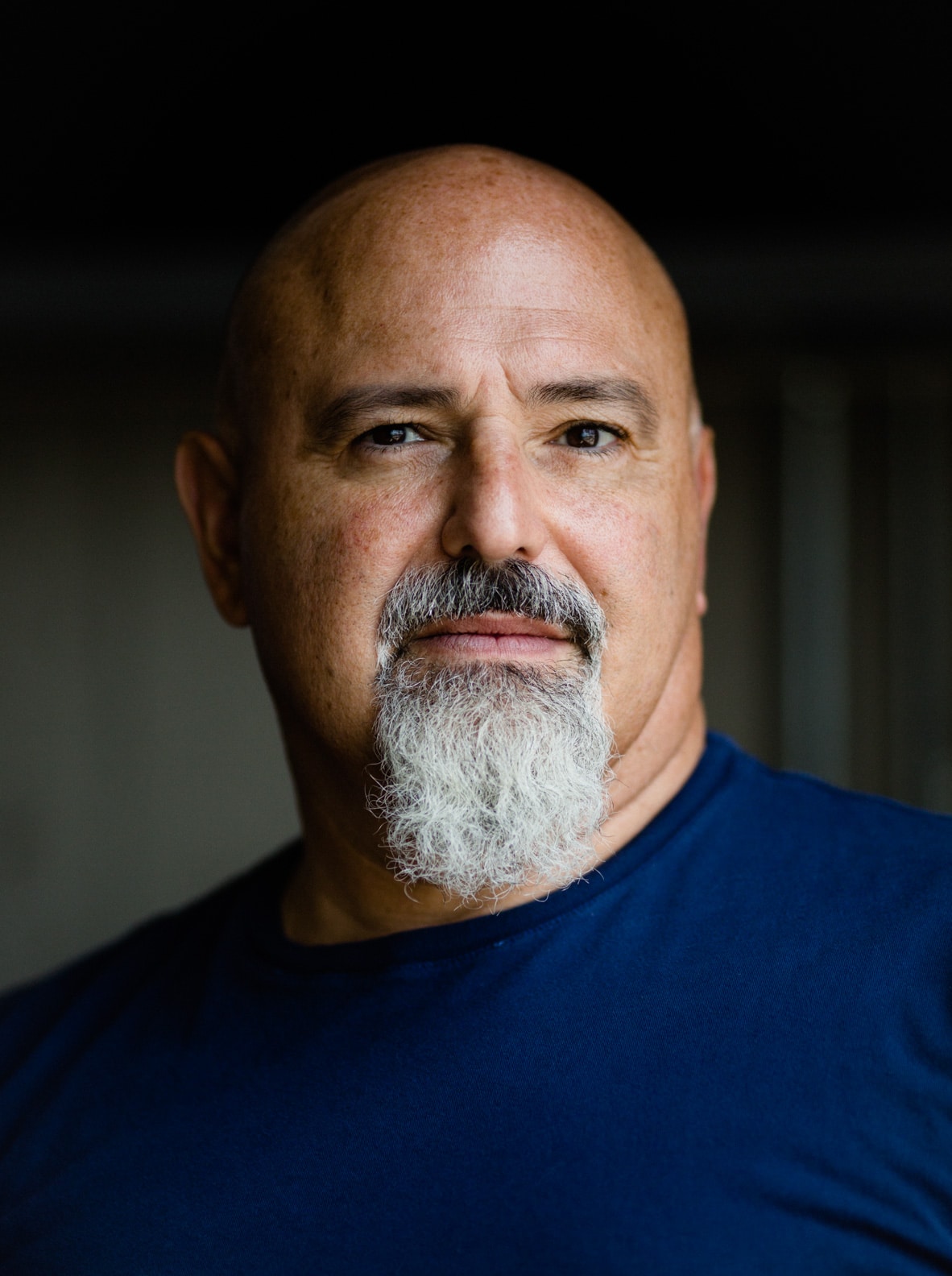
Finger on the Pulse
Your job requires you to have your finger on the pulse of culture. How do you do that?
I follow countless venues and artists and spend many nights at performances. I look at artists who are doing innovative work and seek out who they are looking to for inspiration.
I saw you were just at a big Cat Power, Courtney Love outdoor show. What was that like?
I had wanted to see Cat Power perform live for many years and the Yola Dia festival was my chance. The line up included all female-identified musicians, two of whom I presented at The Broad: Kelsey Lu and Sophie.
Top 5 Artists
Top 5 favorite artists in the history of art?
I always have a hard time answering these types of questions as I’m not sure how I access “favorite” considering I work with art and artists so much and know so many aspects of their work, but here goes: Jenny Saville, Cy Twombly, Felix Gonzalez-Torres, Sophie Calle, Shirin Neshat.
Digital to IRL
Getting people off their digital devices and into IRL experiences would seem to be a challenge. What is your strategy? Do you engage them digitally first?
Many of The Broad’s visitors learn of the museum and its artworks through social media. Once we get them to the museum, the Visitor Service Associates play an important role in engaging visitors in real-time.
Museums and Community
We have a lot of calls around the need for community. Do you see a role of the museum in this?
Providing a space where people of many backgrounds can come together to experience great and challenging artists is an important role museums play. It means something to people when they come to the museum and see other people like them. In addition, many of the artworks in the collection contain politically and socially charged content, which helps give people a sense of being part of a community or broader social movement. The presentations about the artworks given by the Visitor Service Associates help create an environment where people can ask questions and feel included in the dialogue about the artworks.
Coming Up Next
What shows do you have coming up that we should know about?
“Shirin Neshat: I Will Great The Sun Again” A long overdue retrospective of an important Iranian-American artist. It will be a timely opportunity to look at American policies toward immigrants and internationally, and to gain an understanding of Persian culture and people beyond the news headlines.
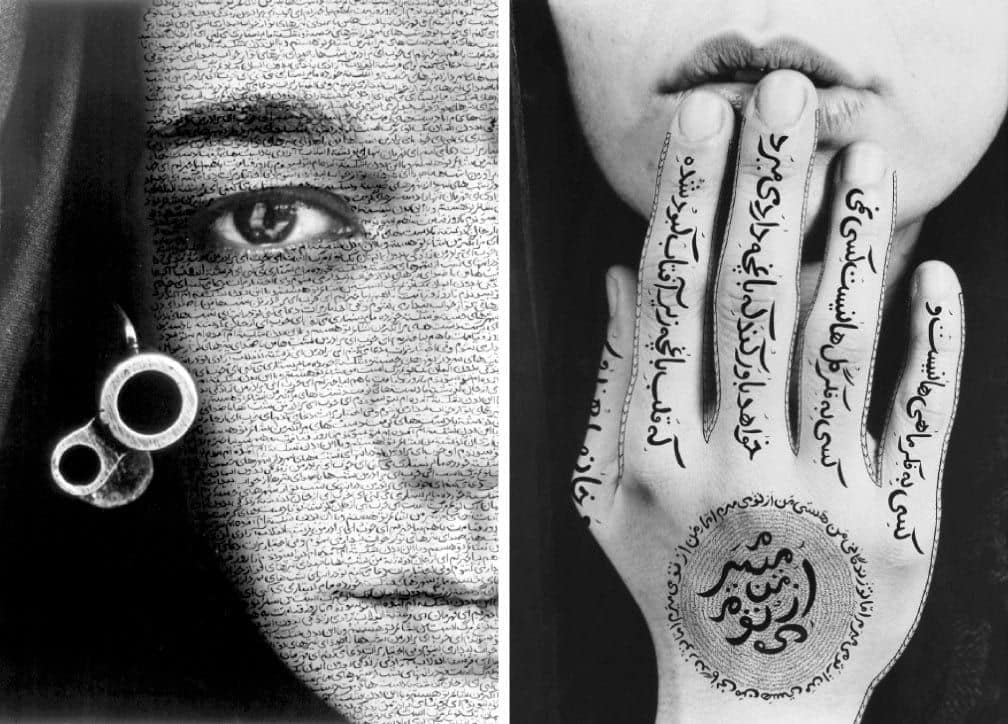
Favorite Piece
What is your favorite piece at The Broad that you feel is less known than it should be?
That’s another tough question! I think Cy Twombly’s painting Untitled (Rome) or his Ilium (One Morning Ten Years Later) [Part I]
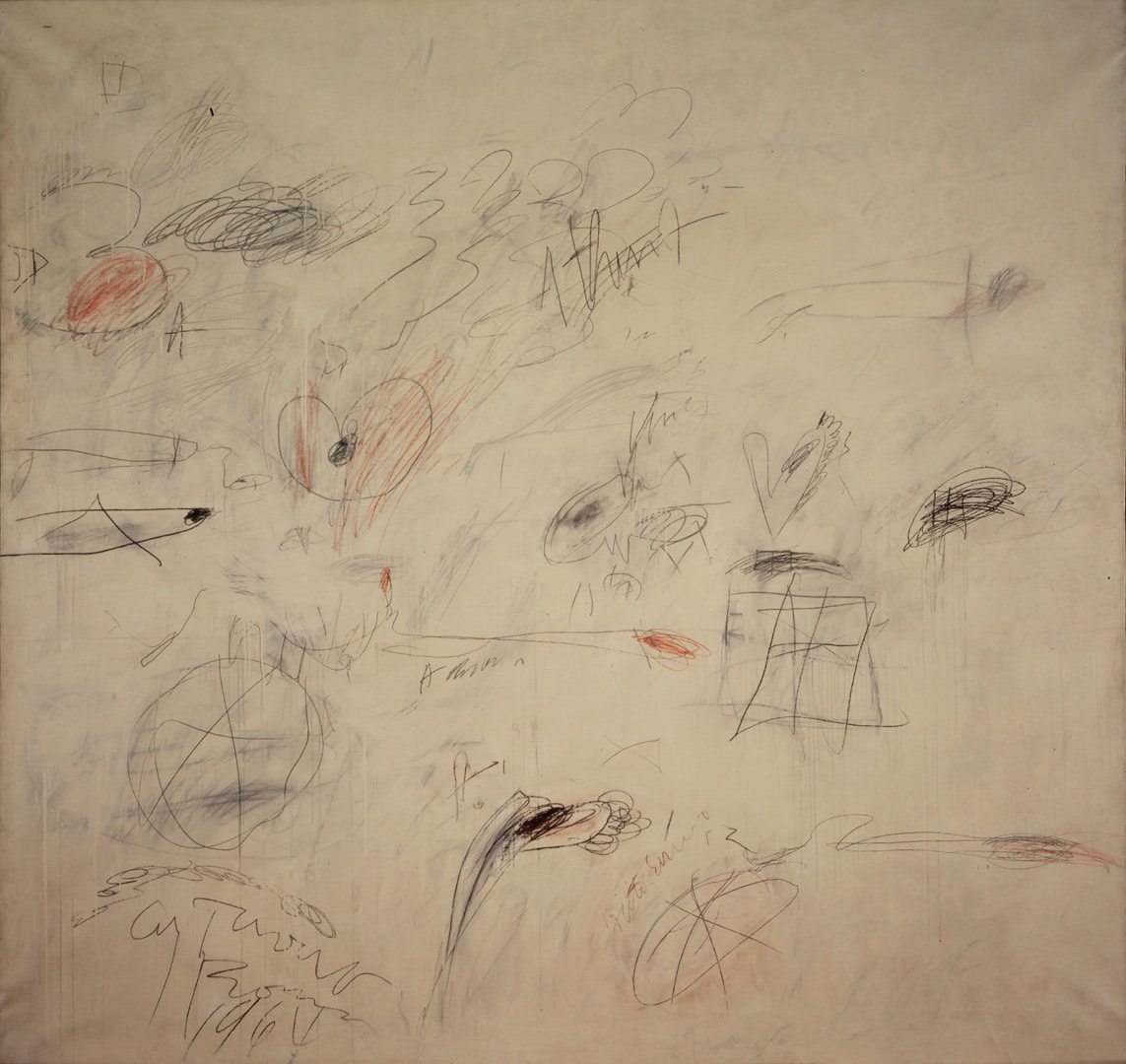
Ageism and the Art World
Art seems to be one place where age doesn’t matter. Am I correct on that?
It depends. As with our society in general, there is an obsession with the young. Often time mid-career artists who are doing incredible work are overlooked simply because they have been around for a while. Collectors, museums and gallerists can be superficial and driven by trends, not by substance and content. It’s frustrating for many, many artists and art professionals.
Exercise Routine and Physical Therapy
What is your exercise routine? I know you had a recent bike crash that you are recovering from.
I’ve had a lot of physical therapy and occupational therapy in the last year and a half to recover from a dislocated shoulder and shattered elbow. I do strengthening and stretching exercises 3 times a week and swim a half mile twice a week. Now that I don’t ride my bike everywhere as I used to do, I also walk to work two or three days a week. It’s two miles from my home. I try my best to stay healthy considering the recent physical challenges.
Bring “an open mind and deep curiosity”
What is the best way to visit a museum?
With an open mind and with a deep curiosity. Put down your phone and experience the actual objects with your naked eyes. Look deeply and ask yourself why did this artist make the decisions that resulted in this artwork, and be aware of how it impacts you —emotionally, physically and intellectually. Take the time to consider your responses. Pass the time at the museum in a different way than you usually do.
The ideas expressed here are solely the opinions of the author and are not researched or verified by AGEIST LLC, or anyone associated with AGEIST LLC. This material should not be construed as medical advice or recommendation, it is for informational use only. We encourage all readers to discuss with your qualified practitioners the relevance of the application of any of these ideas to your life. The recommendations contained herein are not intended to diagnose, treat, cure or prevent any disease. You should always consult your physician or other qualified health provider before starting any new treatment or stopping any treatment that has been prescribed for you by your physician or other qualified health provider. Please call your doctor or 911 immediately if you think you may have a medical or psychiatric emergency.
AUTHOR

We will never sell or give your email to others. Get special info on Diet, Exercise, Sleep and Longevity.
